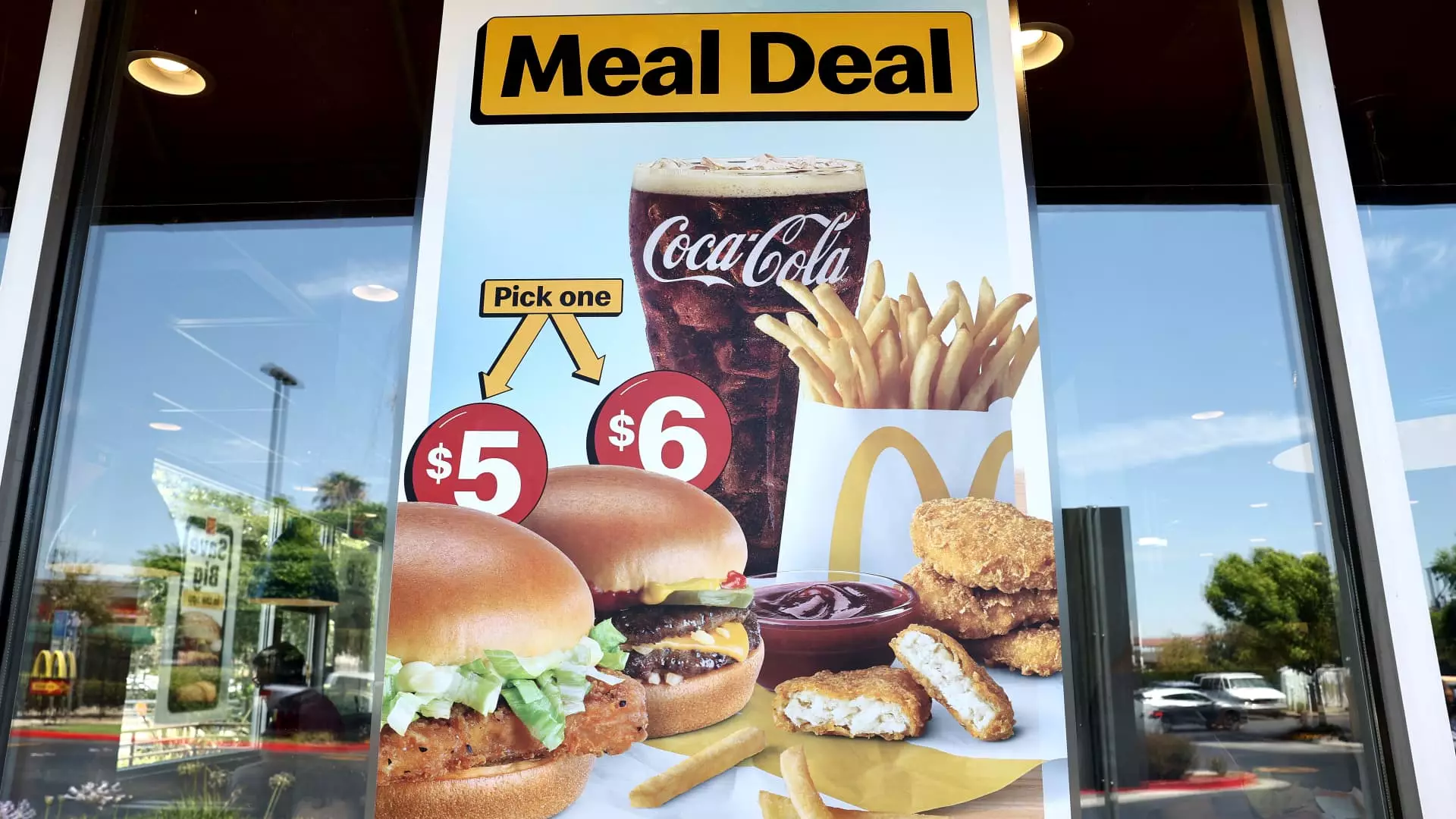In recent times, the $5 meal deal has become a popular strategy adopted by fast-food chains in an attempt to attract budget-conscious customers. Chains such as McDonald’s, Taco Bell, Burger King, and Wendy’s have all jumped on the bandwagon, hoping to boost their sales and increase foot traffic. While this may seem like a smart move to entice customers, the reality paints a different picture.
Subway’s iconic $5 footlong deal was once a beloved promotion among customers. However, as time passed, the deal began to take its toll on franchise operators, leading to declining profits and operational challenges. The saturation of the market with cheap offerings ultimately hurt the brand’s image and resulted in closures and disgruntled franchisees.
One of the major challenges faced by fast-food chains when it comes to implementing $5 meal deals is the pushback from franchise operators. Franchisees, often wary of discounts that eat into their profits, have become more vocal in resisting corporate strategies that they believe may harm their bottom line. The clash between franchisees and parent companies can create tensions and hinder the success of these promotions.
While $5 meal deals may initially draw customers in with the promise of value, there is a risk of these promotions backfiring in the long run. Fast-food chains need to strike a delicate balance between attracting price-sensitive consumers and encouraging them to spend more on additional items. Failure to do so can result in lower profits and unsustainable discounting practices.
Investors, too, are not immune to the uncertainty surrounding $5 meal deals. The skepticism in the market is evident as stock prices for major fast-food chains like McDonald’s, Wendy’s, and Burger King have taken a hit. With investors questioning the effectiveness of these promotions, the pressure is on for chains to deliver results that justify their discounting strategies.
A Changing Landscape
The fast-food industry has undergone significant shifts in consumer behavior and market dynamics. With casual dining chains encroaching on the fast-food sector and an overall trend of higher menu prices, the $5 meal deal may no longer hold the same appeal it once did. Customers are increasingly looking for quality and value, forcing fast-food chains to rethink their approach to pricing and promotions.
The $5 meal deal phenomenon in the fast-food industry represents a complex interplay of consumer preferences, franchisee concerns, and investor expectations. While these promotions may drive short-term traffic and sales, their long-term sustainability remains questionable. As the industry continues to evolve, fast-food chains must navigate the challenges of offering value to customers without compromising their own profitability. The $5 price war may be a race to the bottom unless chains can find a way to strike the right balance between affordability and quality.

